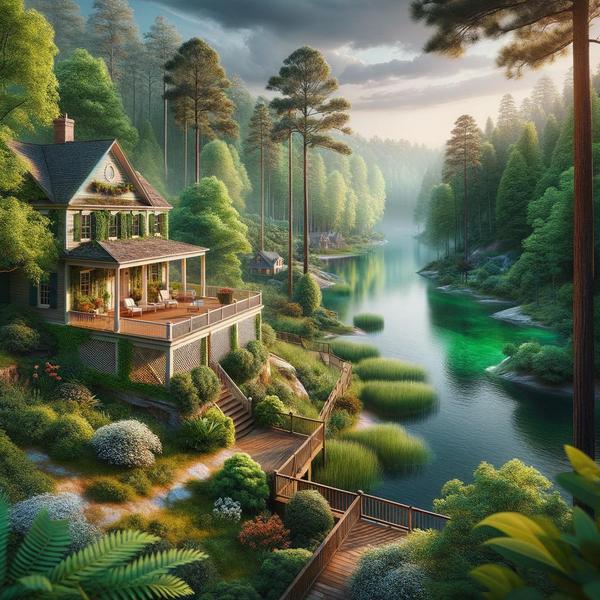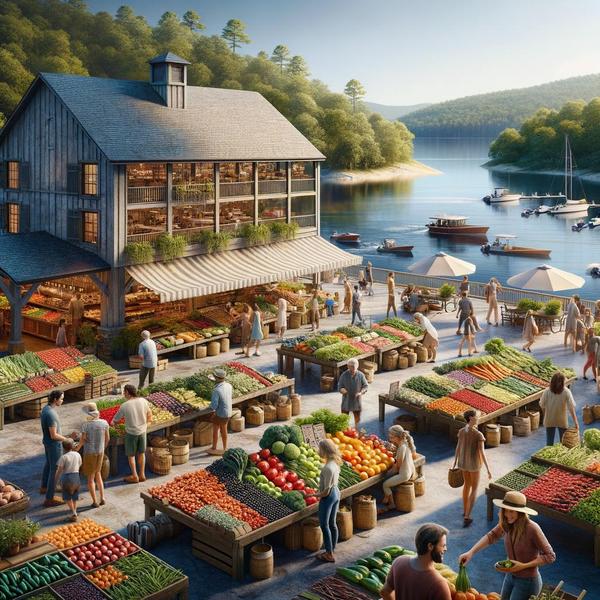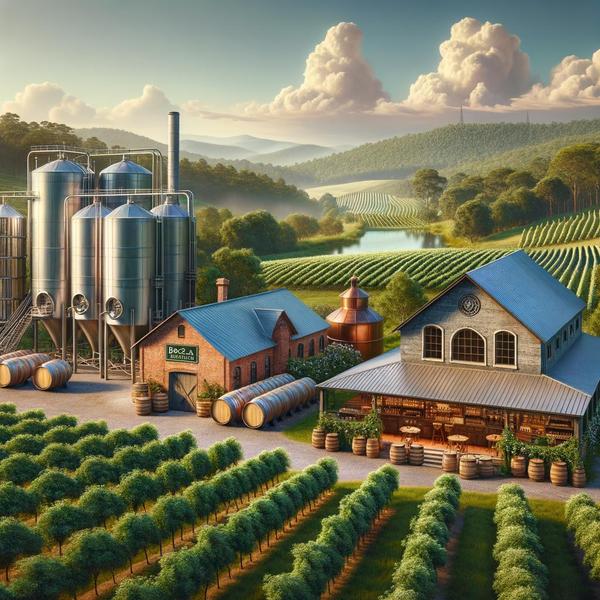How to Create a Wildlife-Friendly Garden in North Georgia

How to Create a Wildlife-Friendly Garden in North Georgia
Creating a wildlife-friendly garden in North Georgia is a rewarding endeavor that benefits both the gardener and the ecosystem. By fostering environments rich in native plants and habitats, gardeners can support local wildlife while enjoying the beauty of their surroundings. This comprehensive guide will walk you through the steps necessary to cultivate such a sanctuary, incorporating native flora, attracting diverse fauna, and employing sustainable practices.
Why Choose a Wildlife-Friendly Garden?
Wildlife-friendly gardens provide havens for creatures like birds, butterflies, bees, and small mammals, many of which are increasingly stressed by urban development and habitat loss. These gardens contribute to biodiversity, improve soil quality, promote pollination, and can even reduce maintenance costs by embracing natural ecological balances.
Understanding North Georgia’s Ecosystem
North Georgia is home to rich biodiversity, with a challenging mix of mountainous terrains and varying climates. Understanding the regional ecosystem is crucial for a successful wildlife garden. This region boasts deciduous forests, numerous streams, and a diverse range of species that thrive in its climate. The key is to work with these natural attributes instead of against them.
Incorporating Native Plants
Native plants are integral to a wildlife-friendly garden because they are adapted to the local conditions and support local wildlife. In North Georgia, consider plants like the Eastern Redbud, Wildflowers such as the Black-eyed Susan, Bee Balm, and shrubs like the American Beautyberry. Each of these plants provides food and habitat to various indigenous species and strengthens the garden's ecosystem.
Creating Habitats
Creating habitats is about providing shelter, food, water, and space for wildlife to thrive. Features like birdhouses, bat boxes, and native grasses can offer much-needed shelter. Incorporate water elements such as birdbaths or a small pond to attract frogs, insects, and birds. Stone piles and log stacks can be haven for insects, reptiles, and small mammals.
Attracting Pollinators
Pollinators such as bees, butterflies, and hummingbirds play a vital role in the ecosystem by fertilizing plants. To attract them, create clusters of the same plant species and ensure a succession of blooms throughout the seasons. Good options include Milkweed for Monarch butterflies and Coneflowers for general pollinator attraction.
Soil and Compost Management
Healthy soil is fundamental to a thriving garden. Use natural compost to enrich the soil, boost nutrient content, and support healthy plant growth. Avoid chemical fertilizers, as they can disrupt the ecological balance and harm wildlife. Composting kitchen waste and garden debris enhances microbial activity and helps maintain a sustainable nutrient cycle.
Sustainable Gardening Practices
Adopting sustainable practices is key to maintaining a wildlife-friendly garden. Water conservation is crucial; install rain barrels and practice xeriscaping to minimize water usage. Use mulching techniques to preserve soil moisture, control weeds, and improve soil fertility. Regularly monitor the garden and adapt with organic pest control methods to reduce reliance on harmful chemicals.
Engaging the Local Community
Spread awareness and build community support by engaging with local gardening clubs, wildlife organizations, and extension services. Volunteering or hosting wildlife garden tours can also educate others on the importance of preserving North Georgia’s diverse habitats and encourage them to create their gardens.
Potential Challenges and Solutions
Every garden project comes with challenges such as pest management, invasive species, or unexpected weather conditions. Address pests with natural deterrents like neem oil and insectary plants. Combat invasive species with regular monitoring and removal. Anticipate weather impacts by selecting climate-resilient plant varieties and providing necessary shelters.
FAQs
Why are native plants important for wildlife gardens?
Native plants are crucial as they provide familiar food sources and habitats tailored to local wildlife, promoting biodiversity and a balanced ecosystem.
How can I attract more birds to my garden?
To attract birds, offer various food sources like seeds, berries, and insects. Install bird feeders, nesting boxes, and fresh water sources like bird baths.
What type of mulch should I use when aiming for a wildlife-friendly garden?
Opt for organic mulches like wood chips, pine straw, or leaf mold, as these break down over time, nourishing the soil and enhancing plant growth.
How do I manage pests without using chemicals?
Encourage beneficial insects, companion planting, crop rotation, and natural deterrents like garlic or chili pepper sprays to manage pests organically.
How often should I water my wildlife garden?
Water requirements depend on plant species and climate. Generally, aim for deep, infrequent watering to encourage robust root systems, prioritizing minimal water use.
By following the steps outlined in this guide, you'll not only enjoy a beautiful, self-sustaining garden but also play a crucial role in preserving North Georgia's natural heritage. Embrace the opportunity to watch your garden flourish and teem with life, knowing that you are making a positive impact on the local ecosystem.
Categories
- All Blogs (590)
- Achasta Golf Community (76)
- Cleveland, GA (43)
- Dacula, GA (43)
- Dahlonega GA (113)
- Dawsonville, GA (44)
- Gainesville, GA (45)
- Gold Peach Realty (5)
- Helen, GA (44)
- Home Buying Tips (17)
- Home Décor And Interior Design (7)
- Home Improvement Tips (15)
- Home Selling Tips (20)
- Homes For Sale (45)
- Lake Lanier, GA (69)
- Local Events (13)
- Local Guides (17)
- Mortgage And Finance Tips (23)
- North Georgia (11)
Recent Posts










GET MORE INFORMATION

